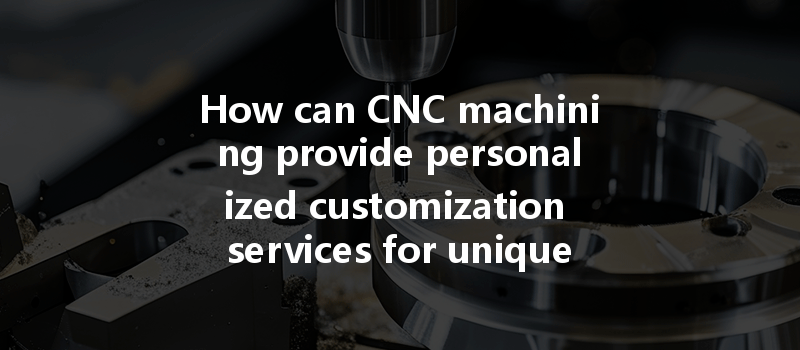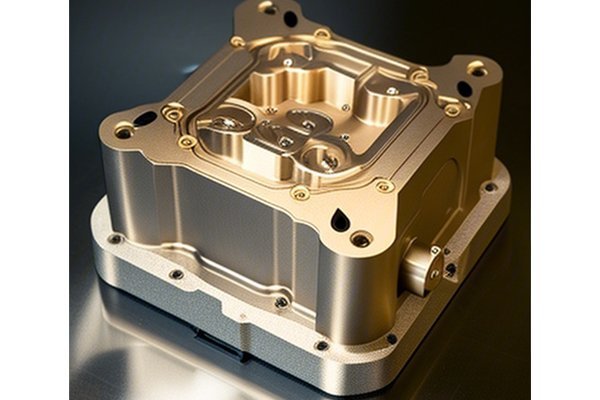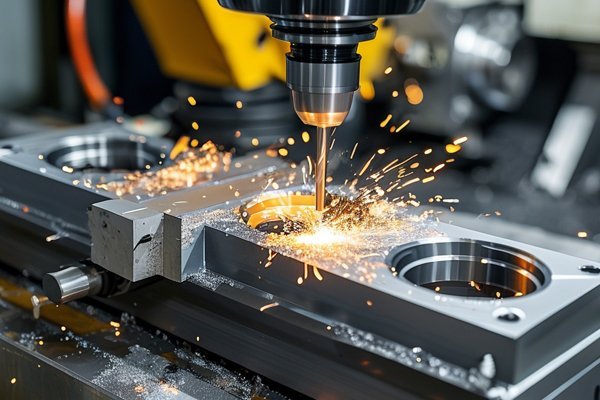Opening
Did you know that more than 80% of manufacturers believe that custom parts are essential for meeting specific design and production requirements? The demand for personalized solutions has never been higher in today’s fast-paced industrial environment, where businesses strive for both efficiency and uniqueness. Among the various manufacturing techniques available, CNC (Computer Numerical Control) machining stands out as a leading method for producing customized components that adhere to strict specifications. But how exactly does CNC machining facilitate this level of personalization? In this blog, we’ll delve deeply into the world of CNC machining, exploring its primary advantages, the technologies behind it, and how it enables manufacturers to provide tailored solutions to unique project requirements.
Understanding CNC Machining
CNC machining is an advanced manufacturing method that utilizes computer programming to control machine tools. These tools can include lathes, mills, routers, and grinders equipped to manufacture intricate parts from various materials like metals, plastics, and composites. The precision and repeatability of CNC machining make it an ideal choice for producing customized components in small batches, making it invaluable for industries such as aerospace, medical devices, automotive, and consumer products.
Key Features of CNC Machining
Personalized Customization Process in CNC Machining
At the heart of personalized CNC machining is the design phase. This critical step involves close collaboration between engineers, designers, and clients to create specific CAD (Computer-Aided Design) models. This collaboration ensures that all unique requirements, functionalities, and aesthetic considerations are incorporated into the design.
Key Steps in the Design Phase:
Once the design is finalized, it is transformed into a CNC-compatible program, typically using G-code. This programming language allows the machine to understand movements, speed, and tool paths.
Importance of the Programming Phase:
During the machining stage, raw materials are carefully shaped into finished products using CNC machines following the programmed specifications.
Steps in the Machining Phase:

After machining, parts may require post-processing to meet specific customer requirements further. This can encompass surface treatment, cleaning, assembly, and quality checks.
Post-Processing Techniques:
Applications of Personalized CNC Machining
The personalization offered by CNC machining opens a wide array of applications in numerous industries:
Custom precision parts play a crucial role in vehicle performance and safety. From unique engine components to specialized housing for electronic systems, CNC machining meets these needs effectively.
With strict regulations and standards, aerospace components must demonstrate high reliability and functionality. CNC machining facilitates the production of lightweight yet strong parts, improving overall aircraft efficiency.
The medical industry demands high precision and customization for surgical tools and implants. CNC machining ensures that parts are tailored to fit individual patients’ needs, increasing the effectiveness of medical procedures.
Designers of consumer goods can utilize CNC machining to create unique product features that enhance user experience while maintaining production efficiency.
Challenges in Personalized CNC Machining
While CNC machining offers incredible benefits in personalization, several challenges must be addressed:
In conclusion, CNC machining’s capability to provide personalized customization services for unique project requirements is a game-changer across various industries. Its intricate yet efficient processes from design through post-processing demonstrate how technology can meet individual needs and specifications.
With the growing importance of customized components in today’s manufacturing landscape, understanding how CNC machining operates—from design to delivery—will empower businesses to harness this technology for their projects. Whether aiming to improve performance, enhance product quality, or meet specific regulatory standards, CNC machining offers unparalleled flexibility and precision.
As we continue to push technological boundaries, the role of CNC machining in shaping the future of manufacturing remains vital. It’s not merely about creating parts; it’s about crafting solutions tailored to meet the unique demands of our diverse world. Embracing this technology is not only imperative but an essential consideration for businesses seeking to remain competitive in today’s ever-evolving market.
The personalization offered through CNC machining is a powerful tool that can help set your project apart, underscoring the importance of exploring and understanding this innovative process for your next manufacturing venture.






